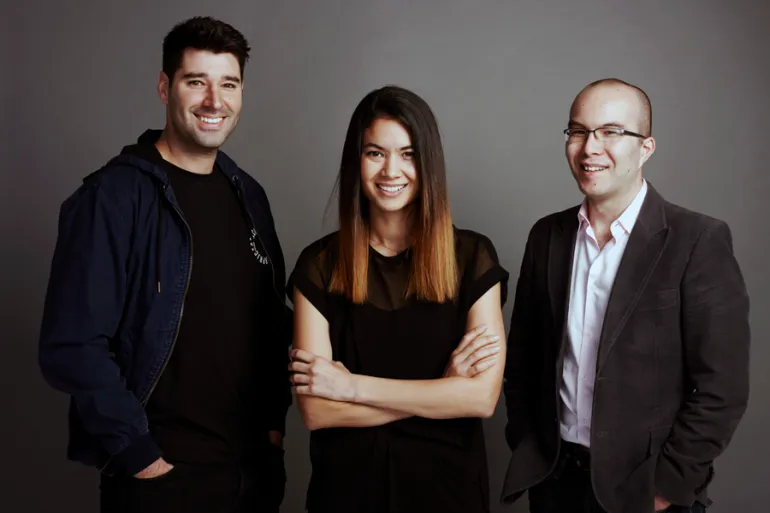First1000: How Canva Acquired Its First 1000 Users
Canva founders Melanie Perkins, Cliff Obrecht, and Cameron Adams democratized design by making it accessible to everyone. Discover how beta invites, influencer connections, and user-generated content helped Canva acquire its first 1000 users.
In this edition of First1000, we dive into the inspiring story of Canva, the design platform that revolutionized how people create graphics and presentations. From humble beginnings in Australia to becoming a global design powerhouse, we uncover how Canva attracted its first 1000 users and built a user-friendly tool that democratized design.
The Founding Story of Canva
Canva was founded in 2012 by Melanie Perkins, Cliff Obrecht, and Cameron Adams. The idea for Canva came to Perkins when she was teaching university students how to use complex design software like Adobe Photoshop. She realized there was a need for a more intuitive tool that didn’t require specialized skills.

Perkins had already experienced success with an online tool called Fusion Books, a simplified platform for designing school yearbooks. This success convinced her that there was a broader market for an easy-to-use design tool, which could be applied to other areas like social media graphics, business presentations, and marketing materials.
Despite initial difficulties in finding investors who understood her vision, Perkins and her team continued refining their product. They raised funds from notable investors, including Silicon Valley venture capitalist Bill Tai, and slowly began building out Canva’s initial platform.
Ingenious Tactics to Acquire the First 1000 Users
Canva’s growth strategy from day one was to focus on creating a product that would appeal to a broad audience, from individuals with no design skills to professionals in need of a quick, polished solution. Here's how they attracted their first 1000 users:
- Beta Access and Community Engagement: Canva’s first major growth strategy was to launch in beta and allow users to join by invitation only. This created a sense of exclusivity and generated buzz around the platform. Those early users were also encouraged to provide feedback, making them feel involved in Canva’s development process.
- Influencer and Industry Connections: Through their investor Bill Tai, Perkins and her team were introduced to key influencers in the tech world. This helped Canva gain exposure early on, with influential designers and tech figures sharing the platform with their networks, which brought in curious users looking for a simple design solution.
- User-Generated Content and Social Proof: Canva made it easy for users to share their designs across social media platforms. By integrating social sharing features directly into the platform, Canva encouraged its early users to showcase their work. This created user-generated content, spreading Canva's reach organically as people saw designs made on Canva and were inspired to try the platform for themselves.
- Education-Focused Marketing: Perkins’ background in education shaped Canva’s initial user acquisition strategy. They built tutorials and step-by-step guides to help users quickly understand how to use the platform. By lowering the learning curve and offering simple, yet powerful design tools, Canva attracted non-designers who had previously been intimidated by design software.
With these strategies, Canva grew rapidly, reaching its first 1000 users in a matter of weeks. By providing an easy-to-use platform, Canva opened the doors of design to everyone, from small business owners to students and professionals.
Canva Today
Today, Canva is used by more than 135 million people every month across the globe. The platform has expanded its offerings beyond simple graphic design, now including video editing, social media scheduling, and even website creation. Canva is valued at $25.5 billion as of 2024, making it one of the most successful startups to come out of Australia. The company remains privately held, though there is speculation about a future IPO.
What is First1000?
First1000 is a weekly series that uncovers how successful companies managed to acquire their first 1000 users. These early growth stories reveal the strategic decisions and innovative approaches that helped iconic brands take their first steps toward global recognition. Entrepreneurs and business enthusiasts alike can draw inspiration from these pivotal milestones in a company’s journey.
